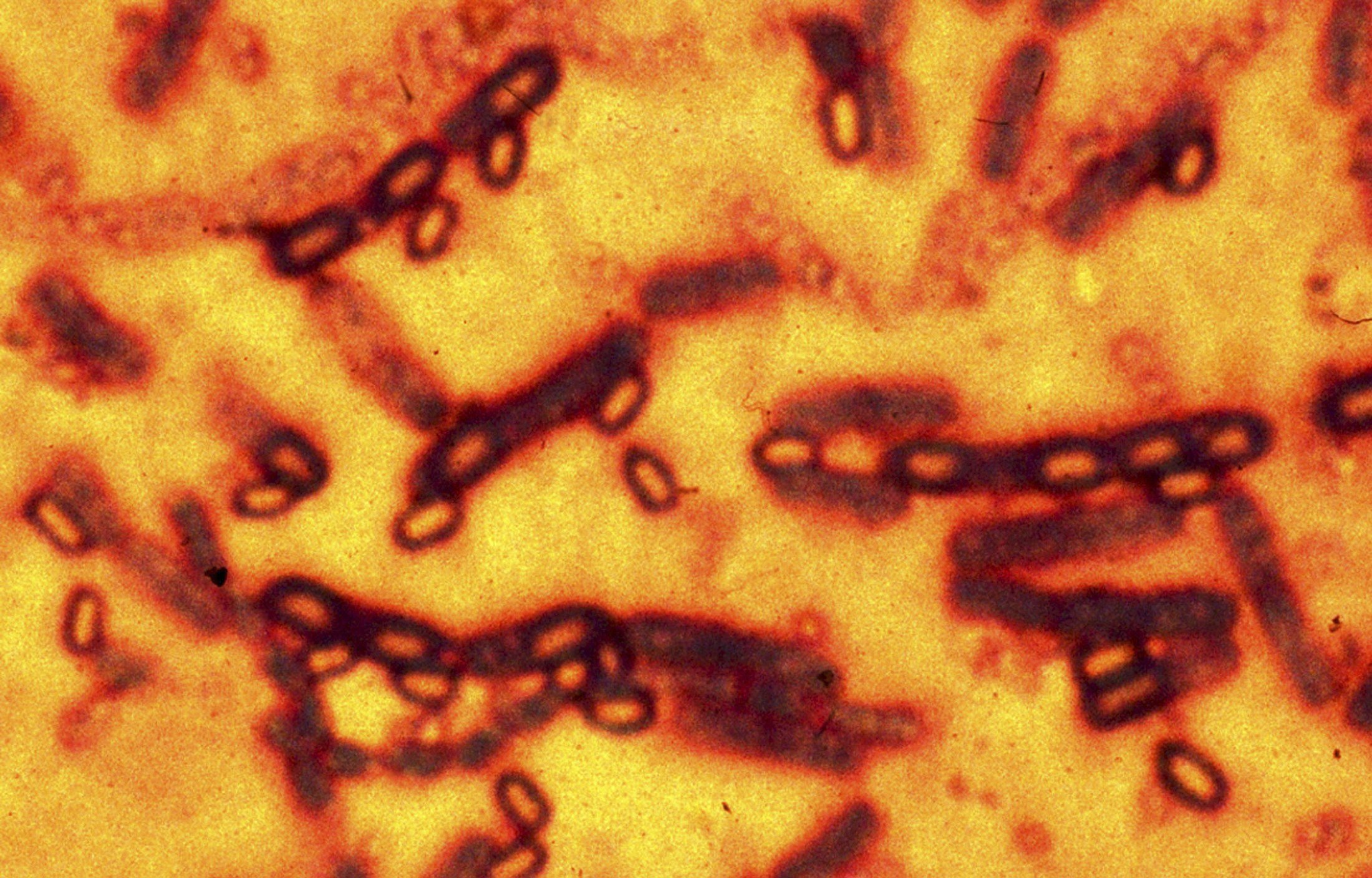
The Centers for Disease Control and Prevention announced on Thursday that 86 of its staff members in Atlanta are being monitored for possible anthrax exposure.
Scientists at the facility routinely study the bioterror agent, which is classified at “Biosafety Level 3,” meaning it can cause fatal infections and is transmitted easily by inhalation.
Bacillus anthracis occurs naturally in soil and can infect wild and domestic animals, who can transmit the bacteria to humans. In the U.S., livestock are routinely vaccinated against anthrax, which keeps the number of domestic outbreaks low. Once inside the body, anthrax produces toxins that can be fatal if left untreated. Because the spores are microscopic and can be mixed into powders or liquids and into the food supply, the biggest threat of anthrax infection may come from bioterrorists. In 2001, spores were sent in the mail to political leaders and members of media, and five of the 22 people who were exposed, including postal service workers, died.
The CDC’s Level 3 facility can only be accessed through a set of double, self-locking doors that prevent air from escaping the lab into the outside environment. All workers must wear gowns, gloves, protective eye equipment and, often, respirators. Any work with the bacteria is done under a “hood,” which protects workers with a clear shield. So how did the workers get exposed?
MORE: Anthrax: A Medical Guide
According to the CDC, proper procedures to “deactivate” the anthrax when leaving the lab were not followed. The workers handling anthrax were properly protected, but they passed the bacteria on to other labs that had lower safety requirements. Several days after the transfer, when the original plates of bacteria were thrown out, technicians noticed that anthrax was still growing on some of them. The building was closed and decontaminated, and officials continue to test air samples for presence of the bacteria.
“CDC believes that other CDC staff, family members and the general public are not at risk of exposure and do not need to take any protective action,” the agency said in a statement.
Intravenous antibiotics can counteract the bacteria, and antitoxins can neutralize the poison. The CDC staff who might have been exposed are currently taking antibiotics and being monitored for symptoms of infection.
CDC leadership is investigating the incident to determine why proper deactivation procedures for the anthrax were not followed.
More Must-Reads from TIME
- Donald Trump Is TIME's 2024 Person of the Year
- Why We Chose Trump as Person of the Year
- Is Intermittent Fasting Good or Bad for You?
- The 100 Must-Read Books of 2024
- The 20 Best Christmas TV Episodes
- Column: If Optimism Feels Ridiculous Now, Try Hope
- The Future of Climate Action Is Trade Policy
- Merle Bombardieri Is Helping People Make the Baby Decision
Contact us at letters@time.com